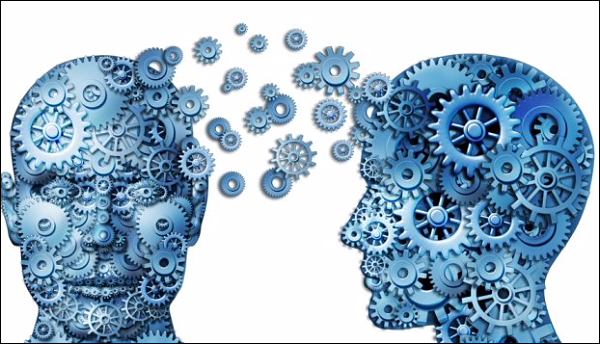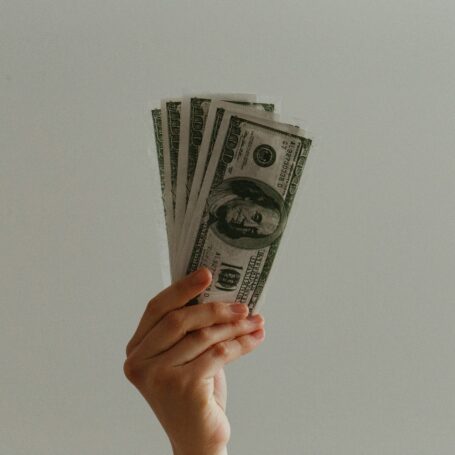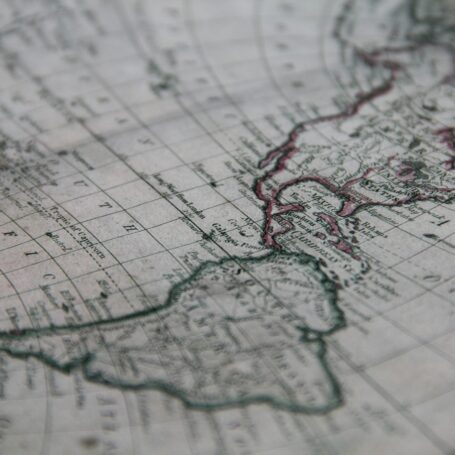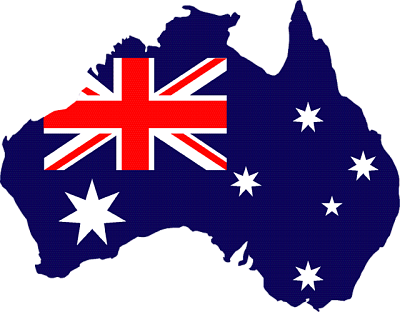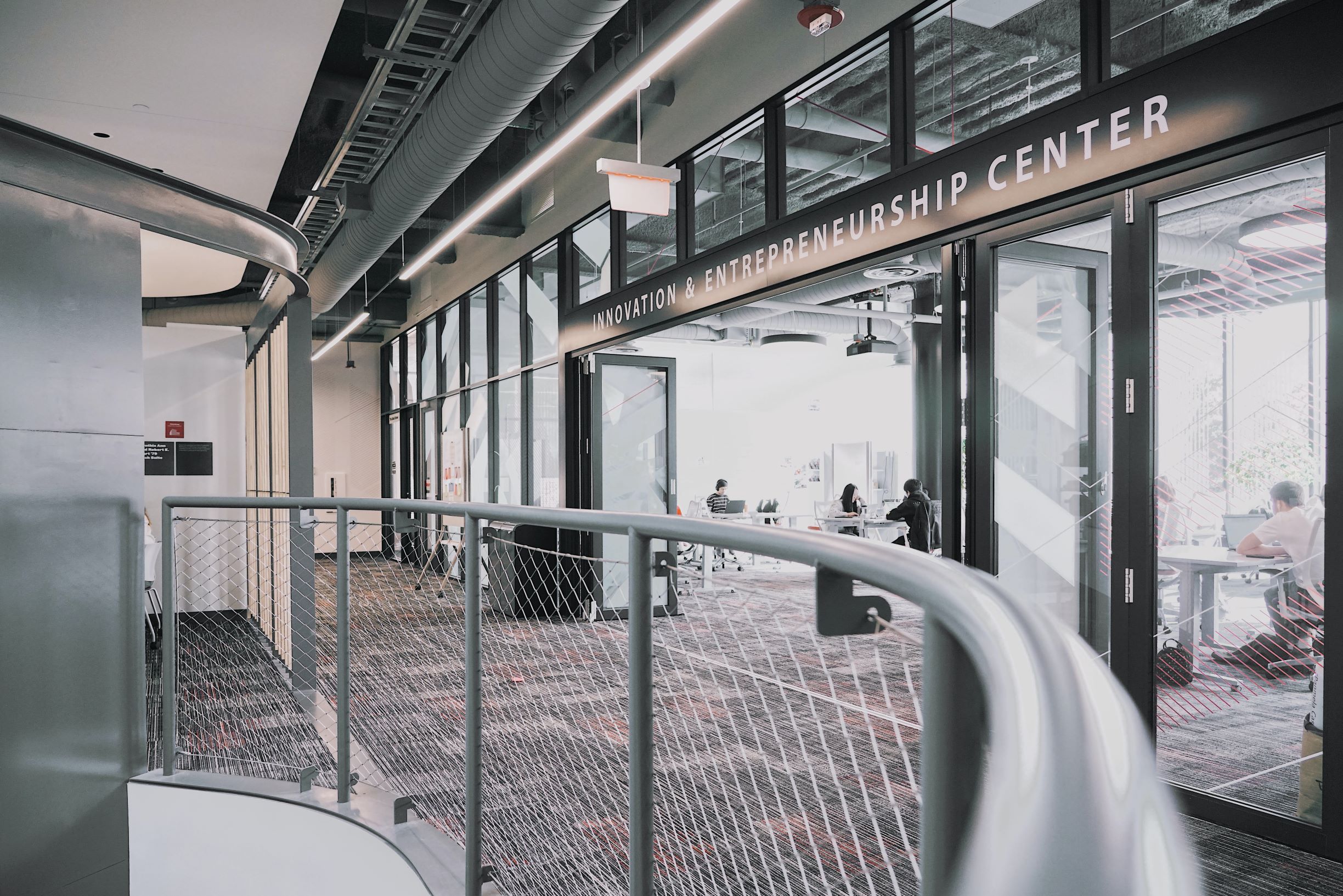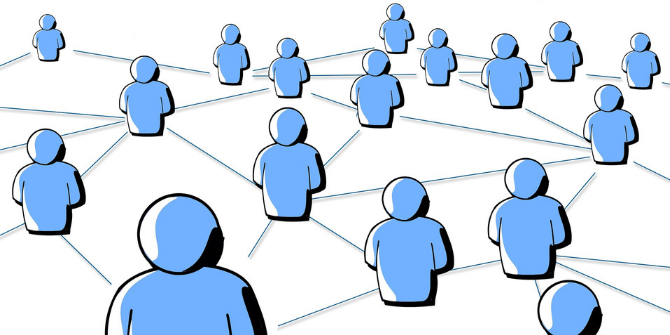Federal Funds Paid for Brain Research That’s the Cat’s Meow
Researching how kittens see may sound like dream research for many feline fanciers, but imagine trekking to Capitol Hill and asking for money to fill your lab’s, umm, kitty. It might help if you talked about “ocular dominance columns” instead of kittens, and it would definitely help if you could promise that the research would save the sight of children born with cataracts or that it might help design computers that cogitated more like human brains do. But as honest scientists, at the front end of the research endeavor it would be a stretch to guarantee those payoffs.
Luckily for many kids who were born with cataracts – and for whom the early intervention prescribed by this kitten research proved life-changing – the researchers didn’t have to ask politicians to support their experiments. Instead, they asked the National Institutes of Health and the Air Force Office of Scientific Research, where peer reviewers could see that the basic research was worthy of taxpayer funding.
And in honor of that that decision, two of the researchers, neurophysiologists Torsten Wiesel and David Hubel, today have received the Golden Goose Award, an honor that celebrates researchers whose federally funded work may have seemed odd or obscure when it was first conducted but which significantly benefits society down the road. (SAGE, the parent of Social Science Space, is a sponsor of the Golden Goose Awards.) It’s not their first recognition – in 1981 they received the Nobel Award in Physiology or Medicine for their work which even then was recognized for its impact. Hubel died in 2013, while Wiesel (pronounced Vee-sil) turned 91 last month.
In 1958 the two doctors at Johns Hopkins University wondered how nerve cells known as neurons responded to stimuli. To do so, they had cats (and monkeys) look at a black dot on a clear glass slide, projected onto a screen. The neurons they were targeting didn’t respond to the simple stimuli – until one of the humans accidentally moved the slide a little too far. When the faint edge of the glass slid into view, the animals’ neurons started firing.
And so they came to visualize how the brain’s own visual processing systems functioned. For example, particular neurons in the visual cortices of cats didn’t respond to points of light, but did respond to lines. And that the neurons responded to input from both eyes, but that one eye was almost always dominant. Eventually, both at Johns Hopkins and later at Harvard, they determined that the neurons of the visual cortex form elegantly organized functional maps. Over time, the two produced some of the first clear demonstrations of neuroplasticity – the brain’s ability to wire and rewire itself in response to external inputs – and how it fades from childhood to adulthood.
One straightforward application of this scholarship lead doctors to address cataracts and other visual impairments in children much earlier, when the the patient’s visual cortex was more plastic, and getting much better outcomes for their young charges.
A less straightforward application informs advanced computer science, especially “machine vision” – research intended to help computers improve their visual processing, an area where they remain well behind human capabilities. For some tasks, like computing and factoring large numbers, silicon has our “wetware” beat handily, but for the complex tasks like visual processing, machines are only beginning to catch up to the human brain. The machine vision market is projected to grow to tens of billions of dollars in the next few years.
“Drs. David Hubel and Torsten Wiesel are a prime example of how science often advances our understanding of the world in ways we could never have foreseen,” said Robert Dold, a Republican congressman from Pennsylvania and a supporter of the Golden Goose Award. “Because of their fortuitous accident, untold numbers of children around the world have grown up with better vision. We are indebted to them for their discovery.”
Earlier this year, the Golden Goose Award founders announced that Walter Mischel, Yuichi Shoda, and Philip Peake would receive the award for their creation and development of the Marshmallow Test. A third set of honorees will be announced in September. The awardees will receive their honors on September 17 at the fourth annual Golden Goose Awards ceremony in Washington, DC.
This story draws on material and descriptions provided by the Golden Goose Award.


